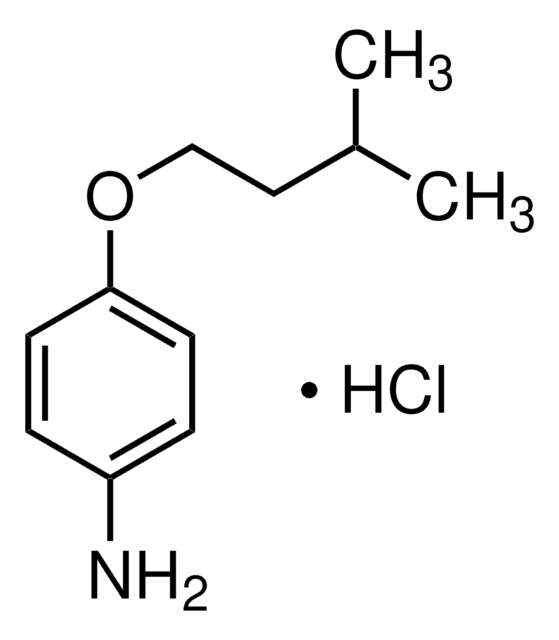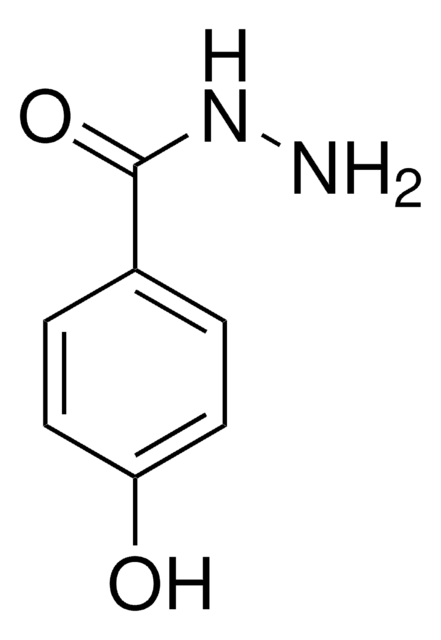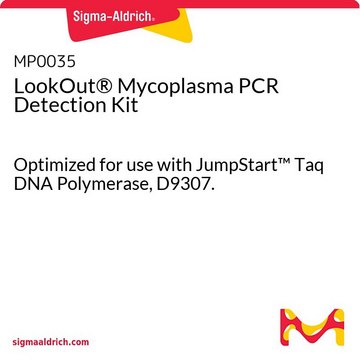F2883
Anti-Mouse IgG (whole molecule) F(ab′)2 fragment–FITC antibody produced in sheep
affinity isolated antibody, buffered aqueous solution
Sinonimo/i:
Anti-Mouse IgG FITC
Autenticatiper visualizzare i prezzi riservati alla tua organizzazione & contrattuali
About This Item
Prodotti consigliati
Origine biologica
sheep
Livello qualitativo
Coniugato
FITC conjugate
Forma dell’anticorpo
affinity isolated antibody
Tipo di anticorpo
secondary antibodies
Clone
polyclonal
Stato
buffered aqueous solution
tecniche
direct immunofluorescence: 1:128
Temperatura di conservazione
2-8°C
modifica post-traduzionali bersaglio
unmodified
Cerchi prodotti simili? Visita Guida al confronto tra prodotti
Descrizione generale
IgG antibody subtype is the most abundant serum immunoglobulins of the immune system. It is secreted by B cells and is found in blood and extracellular fluids and provides protection from infections caused by bacteria, fungi and viruses. Maternal IgG is transferred to fetus through the placenta that is vital for immune defence of the neonate against infections. Anti-Mouse IgG (whole molecule) F(ab′)2 fragment-FITC antibody is specific for ) F(ab′)2 fragment of mouse IgG1, G2a, G2b, and G3 subclasses. The antibody preparation is solid phase adsorbed with human serum proteins prior to conjugation to minimize cross reactivity. The antibody preparation is conjugated to Fluorescein Isothiocyanate (FITC), Isomer I.
Immunoglobulin G (IgG) is a glycoprotein antibody that regulates immune responses such as phagocytosis and is also involved in the development of autoimmune diseases . Mouse IgGs have four distinct isotypes, namely, IgG1, IgG2a, IgG2b, and IgG3. IgG1 regulates complement fixation in mice
Anti-Mouse IgG (whole molecule) F(ab′)2 fragment is specific for mouse IgG subclasses G1, G2a, G2b, and G3 as demonstrated by Ouchterlony double diffusion using mouse myeloma proteins. The antibody product can be used to avoid background staining due to the presence of Fc receptors.
Anti-Mouse IgG (whole molecule) F(ab′)2 fragment is specific for mouse IgG subclasses G1, G2a, G2b, and G3 as demonstrated by Ouchterlony double diffusion using mouse myeloma proteins. The antibody product can be used to avoid background staining due to the presence of Fc receptors.
Specificità
Binds all mouse Igs.
Useful when trying to avoid background staining due to the presence of Fc receptors.
Useful when trying to avoid background staining due to the presence of Fc receptors.
Immunogeno
Mouse IgG
Pepsin digest of antiserum
Applicazioni
Anti-Mouse IgG (whole molecule) F(ab′)2 fragment-FITC antibody may be used in direct immunofluorescence at a minimum antibody dilution of 1:128. The antibody was used at a working dilution of 1:25 to stain microtubules in epidermal cells of Vigna unguiculata or cowpea It was also used for flow cytometry analysis using COS cells and human peripheral blood mononuclear cells.
Applications in which this antibody has been used successfully, and the associated peer-reviewed papers, are given below.
Chromatin immunoprecipitation (1 paper)
Chromatin immunoprecipitation (1 paper)
Altre note
Antibody adsorbed with human serum proteins.
Stato fisico
Solution in 0.01 M phosphate buffered saline, pH 7.4, containing 1% bovine serum albumin and 15 mM sodium azide.
Nota sulla preparazione
Adsorbed to reduce background staining with human samples.
Esclusione di responsabilità
Unless otherwise stated in our catalog or other company documentation accompanying the product(s), our products are intended for research use only and are not to be used for any other purpose, which includes but is not limited to, unauthorized commercial uses, in vitro diagnostic uses, ex vivo or in vivo therapeutic uses or any type of consumption or application to humans or animals.
Non trovi il prodotto giusto?
Prova il nostro Motore di ricerca dei prodotti.
Codice della classe di stoccaggio
12 - Non Combustible Liquids
Classe di pericolosità dell'acqua (WGK)
nwg
Punto d’infiammabilità (°F)
Not applicable
Punto d’infiammabilità (°C)
Not applicable
Scegli una delle versioni più recenti:
Possiedi già questo prodotto?
I documenti relativi ai prodotti acquistati recentemente sono disponibili nell’Archivio dei documenti.
Giuliana Napolitano et al.
Mutation research, 749(1-2), 21-27 (2013-08-03)
Double strand DNA breaks (DSBs) are one of the most challenging forms of DNA damage which, if left unrepaired, can trigger cellular death and can contribute to cancer. A number of studies have been focused on DNA-damage response (DDR) mechanisms
J R Huth et al.
Proceedings of the National Academy of Sciences of the United States of America, 97(10), 5231-5236 (2000-05-11)
The leukocyte integrin, lymphocyte function-associated antigen 1 (LFA-1) (CD11a/CD18), mediates cell adhesion and signaling in inflammatory and immune responses. To support these functions, LFA-1 must convert from a resting to an activated state that avidly binds its ligands such as
D Skalamera et al.
The Plant journal : for cell and molecular biology, 16(2), 191-200 (1998-10-01)
During the infection of cowpea (Vigna unguiculata) by the cowpea rust fungus (Uromyces vignae, race 1 ) the plant nucleus moves towards and away from the invading hypha and eventually moves close to the fungus in the susceptible cultivar while
Hans-Peter Marti et al.
Nephrology, dialysis, transplantation : official publication of the European Dialysis and Transplant Association - European Renal Association, 29(6), 1177-1185 (2014-02-27)
We have previously described a transcriptomic classifier consisting of metzincins and related genes (MARGS) discriminating kidneys and other organs with or without fibrosis from human biopsies. We now apply our MARGS-based algorithm to a rat model of age-associated interstitial renal
Pavle Vrljicak et al.
PloS one, 7(7), e40815-e40815 (2012-07-21)
Malformations of the cardiovascular system are the most common type of birth defect in humans, frequently affecting the formation of valves and septa. During heart valve and septa formation, cells from the atrio-ventricular canal (AVC) and outflow tract (OFT) regions
Il team dei nostri ricercatori vanta grande esperienza in tutte le aree della ricerca quali Life Science, scienza dei materiali, sintesi chimica, cromatografia, discipline analitiche, ecc..
Contatta l'Assistenza Tecnica.






